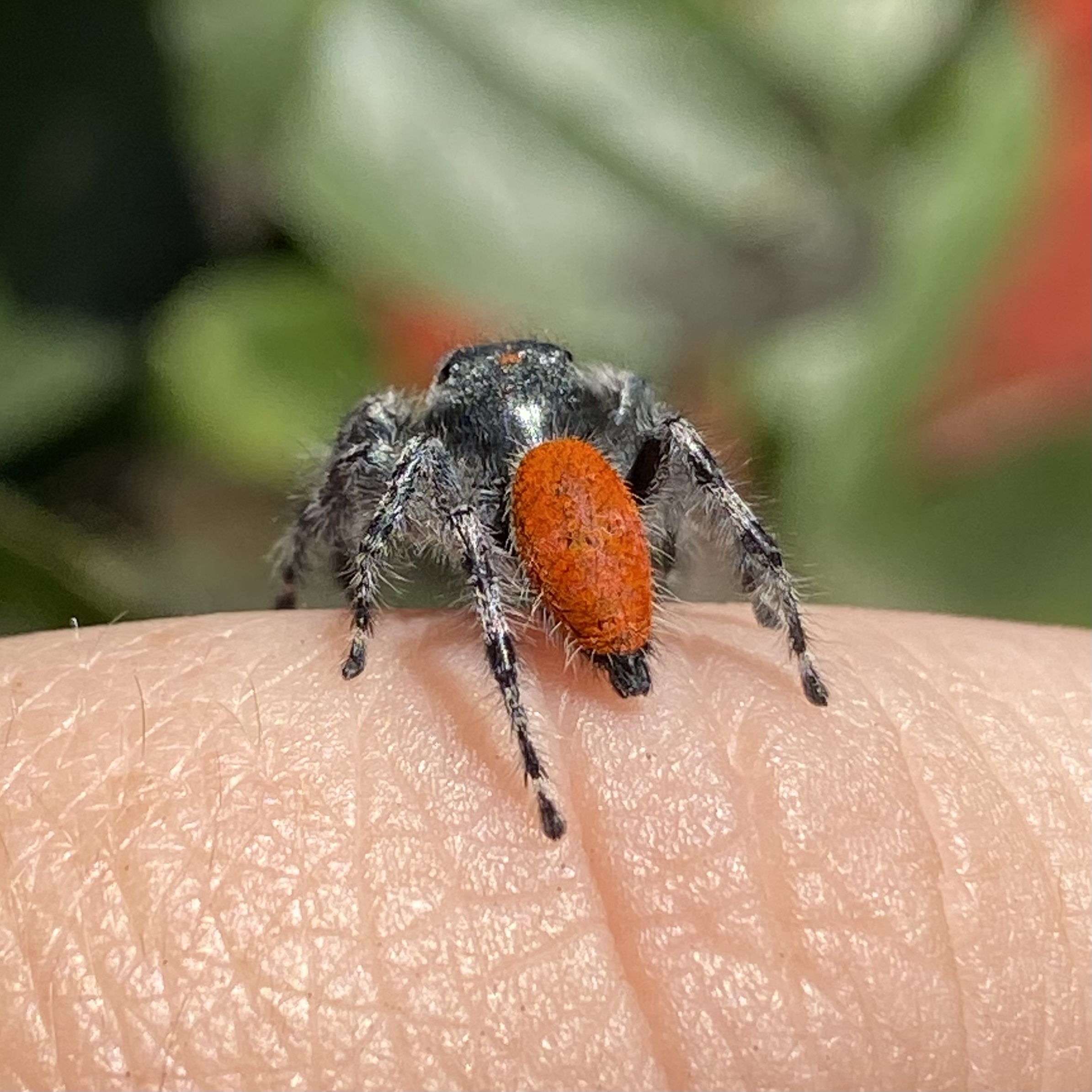spinnerets on:
[Wikipedia]
[Google]
[Amazon]

 A spinneret is a
A spinneret is a
File:Argiope bruennichi detail spinneret.JPG, The compact spinnerets of '' Argiope bruennichi''; placed ventrally below the posterior.
File:BarnSpiderSpinneret.jpg, A barn spider encases her prey in silk emanating from her spinneret seen in the foreground.
File:Spinnerets.jpg, Ventral aspect of spinnerets of spider species with unusually long spinnerets.
Electron microscope image of spider spinnerets
Spider anatomy {{spider-stub

 A spinneret is a
A spinneret is a silk
Silk is a natural fiber, natural protein fiber, some forms of which can be weaving, woven into textiles. The protein fiber of silk is composed mainly of fibroin and is most commonly produced by certain insect larvae to form cocoon (silk), c ...
-spinning organ of a spider
Spiders (order (biology), order Araneae) are air-breathing arthropods that have eight limbs, chelicerae with fangs generally able to inject venom, and spinnerets that extrude spider silk, silk. They are the largest order of arachnids and ran ...
or the larva
A larva (; : larvae ) is a distinct juvenile form many animals undergo before metamorphosis into their next life stage. Animals with indirect development such as insects, some arachnids, amphibians, or cnidarians typically have a larval phase ...
of an insect
Insects (from Latin ') are Hexapoda, hexapod invertebrates of the class (biology), class Insecta. They are the largest group within the arthropod phylum. Insects have a chitinous exoskeleton, a three-part body (Insect morphology#Head, head, ...
. Some adult insects also have spinnerets, such as those borne on the forelegs of Embioptera. Spinnerets are usually on the underside of a spider's opisthosoma
The opisthosoma is the posterior part of the body in some arthropods, behind the prosoma ( cephalothorax). It is a distinctive feature of the subphylum Chelicerata (arachnids, horseshoe crabs and others). Although it is similar in most respects ...
, and are typically segmented. While most spiders have six spinnerets, some have two, four, or eight. They can move both independently and in concert.
Most spinnerets are not simple structures with a single orifice producing a single thread, but complex structures of many microscopic spigots, each producing one filament. This produces the necessary orientation of the protein molecules, without which the silk would be weak and useless. Spigots can be singular or found in groups, which also permits spiders to combine multiple filaments in different ways to produce many kinds of silk for various purposes. Spinneret morphology can help arachnologists
Arachnology is the science, scientific study of arachnids, which comprise spiders and related invertebrates such as scorpions, Pseudoscorpionida, pseudoscorpions, Opiliones, harvestmen, Tick, ticks, and mites. Those who study spiders and other a ...
identify the taxon
In biology, a taxon (back-formation from ''taxonomy''; : taxa) is a group of one or more populations of an organism or organisms seen by taxonomists to form a unit. Although neither is required, a taxon is usually known by a particular name and ...
of a specimen and the specific morphology of a spigot can determine its use as well. For example, flagelliform spigot is unique to Araneoidea, and another kind of spigot found in sets of three, referred to as cylindrical gland spots, are found only in females and used for making egg sacs. The desert grass spider, '' Agelenopsis aperta,'' has especially prominent spinnerets that extend out of the end of their abdomen.
Various species
A species () is often defined as the largest group of organisms in which any two individuals of the appropriate sexes or mating types can produce fertile offspring, typically by sexual reproduction. It is the basic unit of Taxonomy (biology), ...
of spiders use silk extruded from spinnerets to build webs, to transfer sperm, to entrap insects by wrapping it around them, to make egg-cases, to manipulate static electricity in the air, and to fly ( ballooning), etc.
Some insect larvae (including silkworms) extrude silk to make a protective cocoon for their metamorphosis
Metamorphosis is a biological process by which an animal physically develops including birth transformation or hatching, involving a conspicuous and relatively abrupt change in the animal's body structure through cell growth and different ...
. The insects known as web spinners weave silken galleries for protection from predators and the elements while foraging and breeding.
Evolution
Observations suggesting that there might be silk-producing organs on the feet of the zebratarantula
Tarantulas comprise a group of large and often hairy spiders of the family Theraphosidae. , 1,100 species have been identified, with 166 genera. The term "tarantula" is usually used to describe members of the family Theraphosidae, although ...
('' Aphonopelma seemanni'') led to questions about the origins of spinnerets. It was hypothesised that spinnerets in spiders were originally used as climbing aids on the feet and evolved and were used for webmaking at a later time.
References
External links
Electron microscope image of spider spinnerets
Spider anatomy {{spider-stub